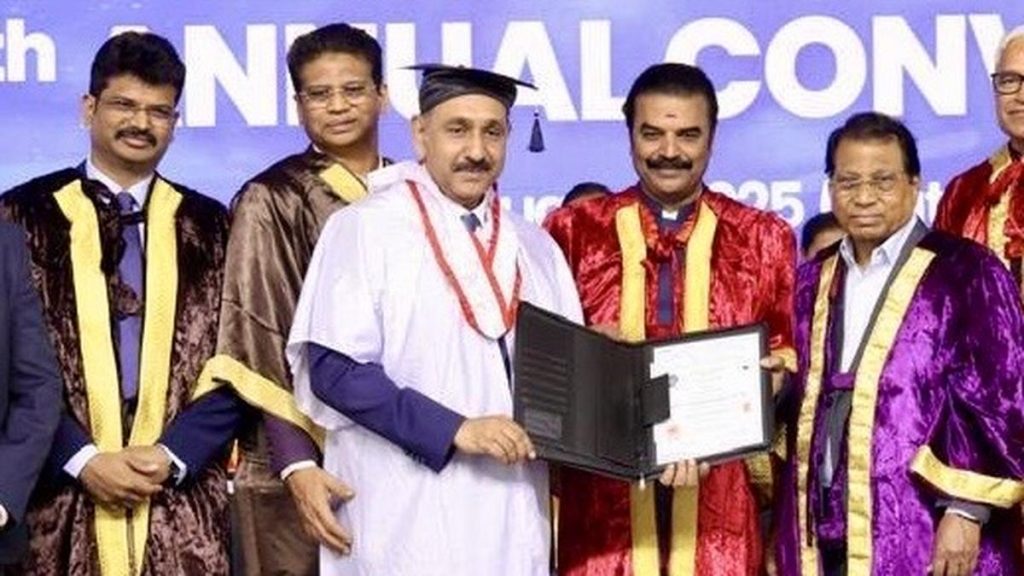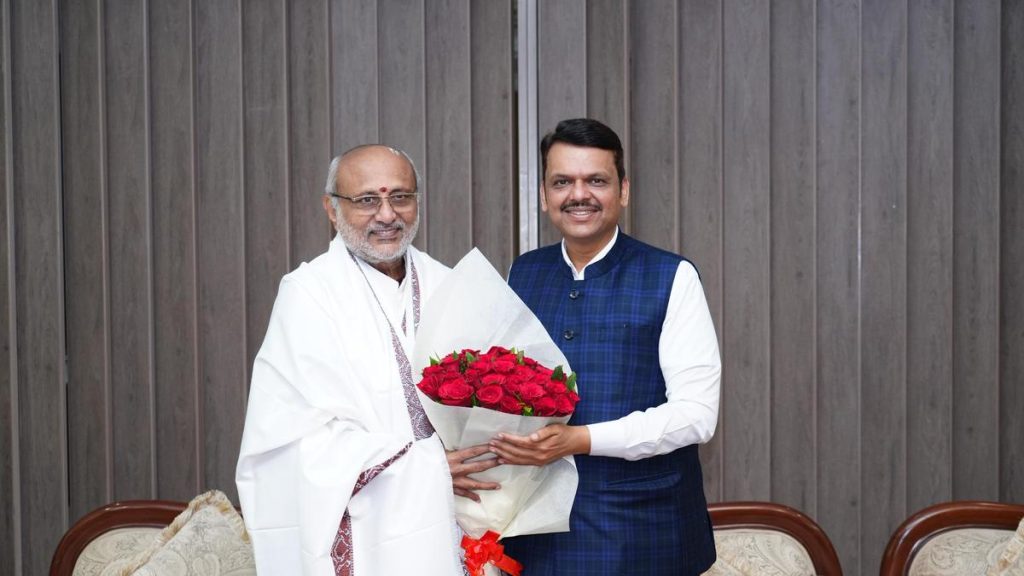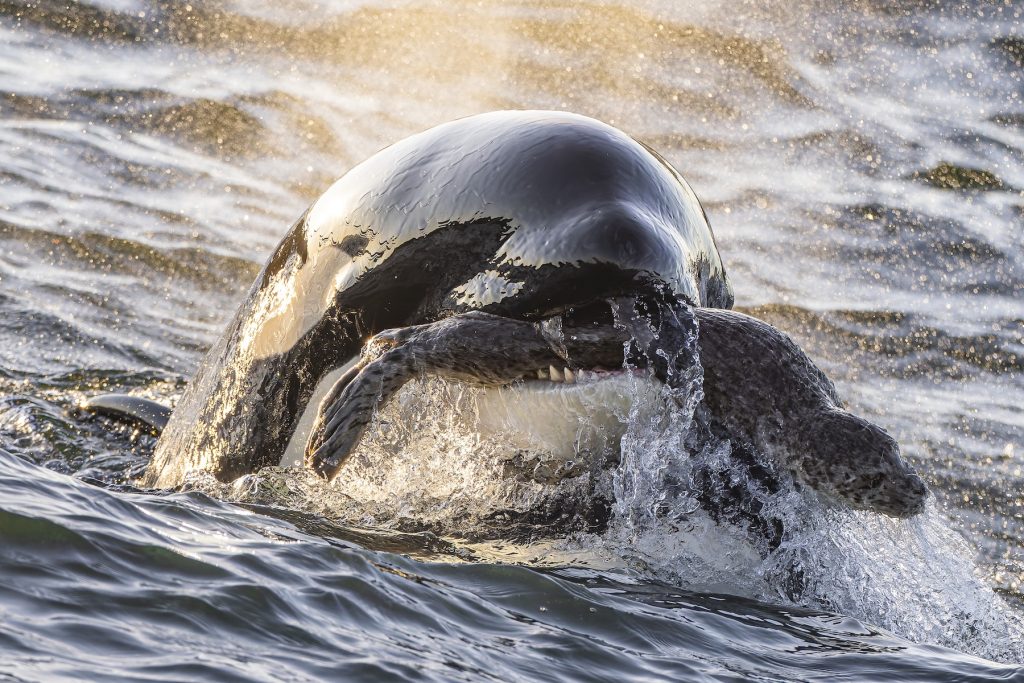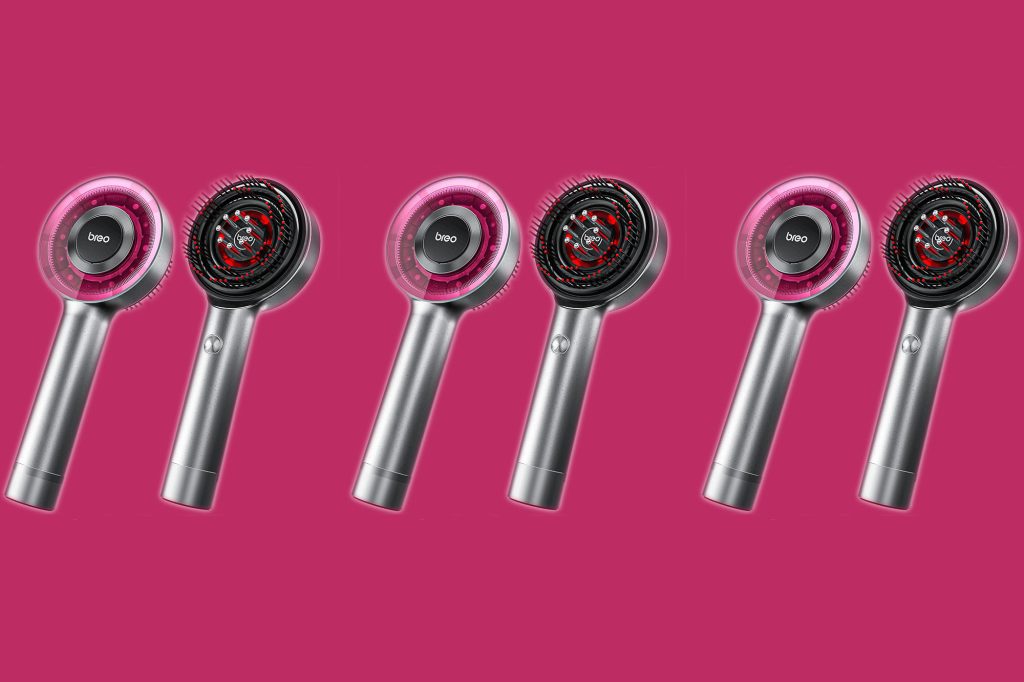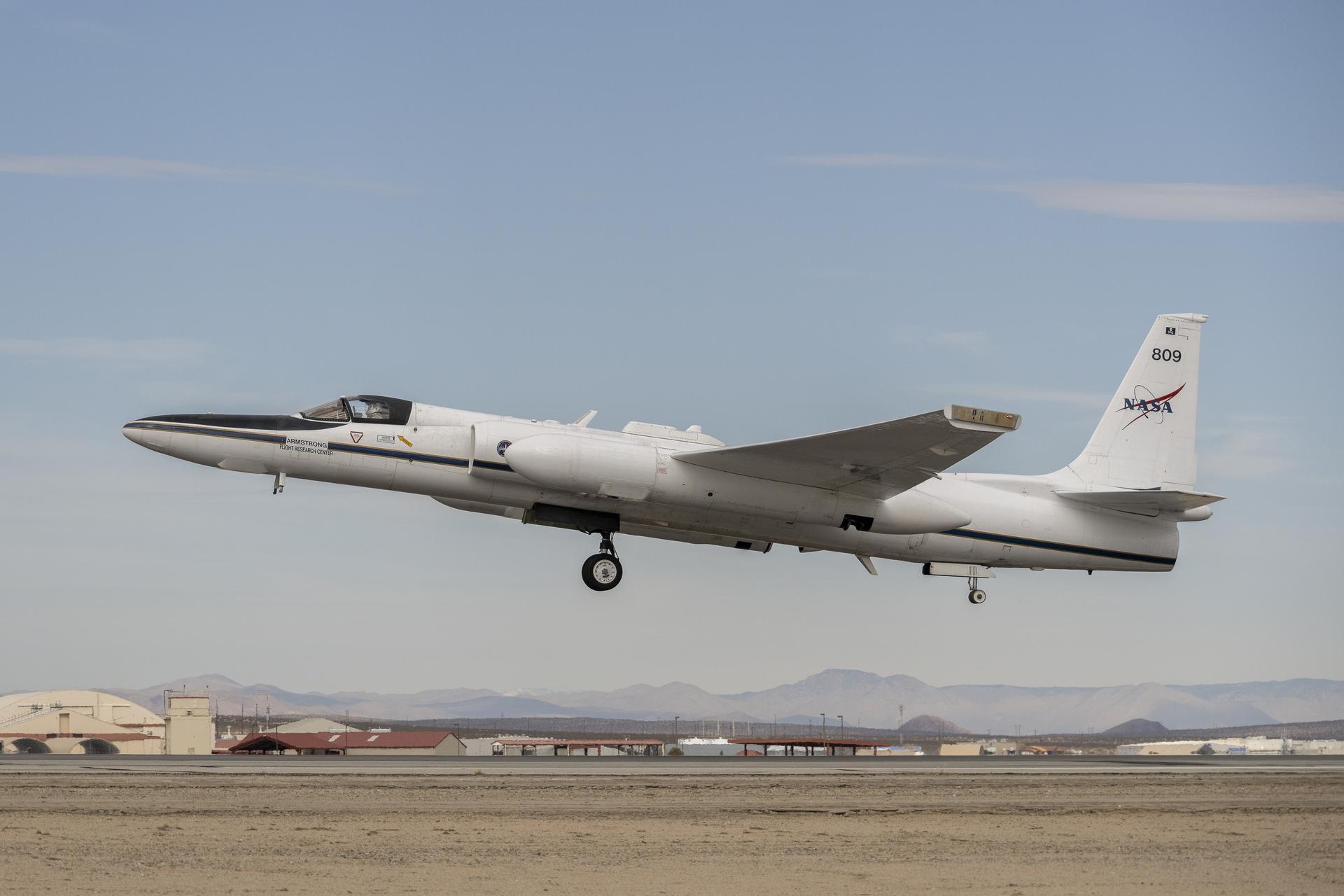Now Reading: NASA and SpaceX Launch 32nd Resupply Mission to ISS
-
01
NASA and SpaceX Launch 32nd Resupply Mission to ISS
NASA and SpaceX Launch 32nd Resupply Mission to ISS
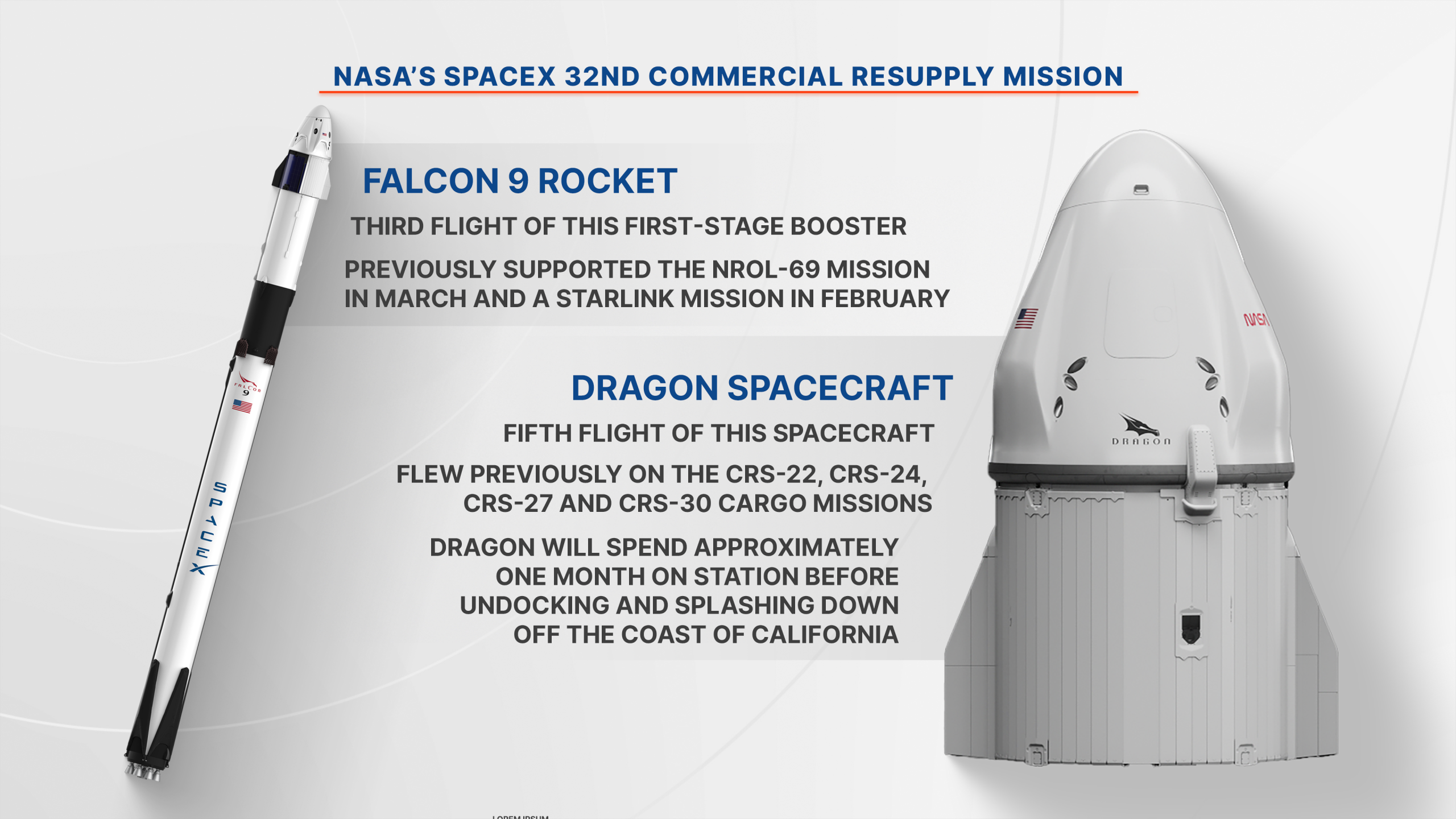
Quick Summary:
- NASA and SpaceX plan to launch the CRS-32 mission on Monday, April 21 at 4:15 a.m. EDT from Kennedy Space Center, Florida. The Dragon spacecraft will deliver approximately 6,700 pounds of supplies and scientific equipment to the International Space Station (ISS).
- This is the 32nd commercial resupply services mission by SpaceX for NASA and the 12th under the Commercial Resupply Services-2 (CRS) contract.
- Scientific investigations aboard this mission include:
– SVGS-2: Tests vision-based sensors improving spaceflight maneuvers.
– Aerosol Monitors: Evaluates air quality sensors for crew health protection.
– ADSEP-ICC: Develops uniform gold nanoparticles used in disease detection technologies.
– DNA Nano therapeutics-Mission 2: studies arthritis treatment and cartilage regeneration using DNA-inspired nanomaterials produced in microgravity conditions.
– Rhodium USAFA NIGHT: Explores energy-efficient methods for growing tomato plants in space using CO₂ replacements.
Other experiments include advancements in plant biology, protein crystallization, atomic clock studies aligning with Einstein’s relativity theory, and systems to upgrade life-support machinery aboard spacecraft.
Hardware components both launching to ISS as spares or returning for analysis involve water recycling units, S-Band antenna assemblies used for communication during missions, food reach tools, oxygen cylinders for emergencies, catalytic reactors aimed at environmental controls onboard spacecraft.
The Dragon capsule will autonomously dock with ISS on Tuesday morning (April 22) after Expedition astronauts monitor its arrival. It will stay attached to ISS for a month before returning critical science payloads back to Earth.
Live coverage of launch events is available through NASA+ starting from April. Additional details can be accessed here: NASA CRS Mission Overview
Indian Opinion Analysis:
India has increasingly focused on fostering global partnerships in aerospace progress via ISRO’s collaborations with international agencies like NASA-underscoring technological growth opportunities similar missions entail worldwide collaborative institutionalized-organic interfaces finally setting boundaries redefying scope ambition trails future directly-wise



